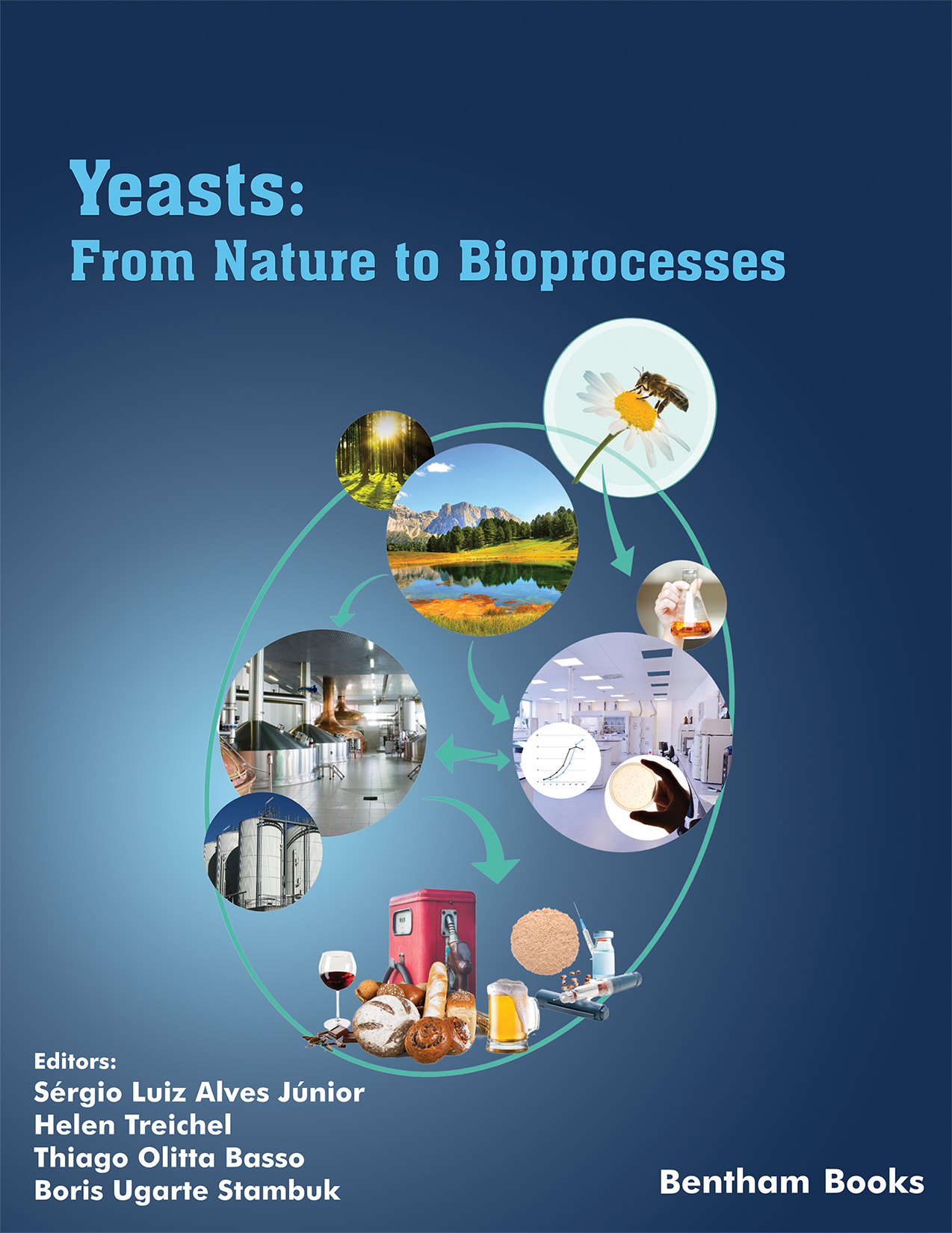Introduction
Since ancient times, yeasts have been used for brewing and breadmaking processes. They now represent a flagship organism for alcoholic fermentation processes. The ubiquity of some yeast species also offers microbiologists a heterologous gene-expression platform, making them a model organism for studying eukaryotes.
Yeasts: from Nature to Bioprocesses
brings together information about the origin and evolution of yeasts, their ecological relationships, and the main taxonomic groups into a single volume. The book initially explores six significant yeast genera in detailed chapters. The book then delves into the main biotechnological processes in which both prospected and engineered yeasts are successfully employed.
Yeasts: from Nature to Bioprocesses,
therefore, elucidates the leading role of these single-cell organisms for industrial microbiology in environmental, health, social, and economic terms. This book is a comprehensive, multidisciplinary resource for general readers as well as scholars of all levels who want to know all about yeast microbiology and their industrial applications.
Audience:
General readers interested in yeast biology and bioprocessing; students and researchers at all levels, in the field of microbiology, biotechnology, biochemistry, and chemical engineering.

